If you consume a lot of time in Task Manager managing things, you must have seen something named “Windows Audio Device Graph Isolation,” And you must have wondered why my system goes a little crazy with resource usage when it comes to this? So we’ll tell you why it does this and what you can do here.
Table of Contents
What Is Windows Audio Device Graph Isolation?
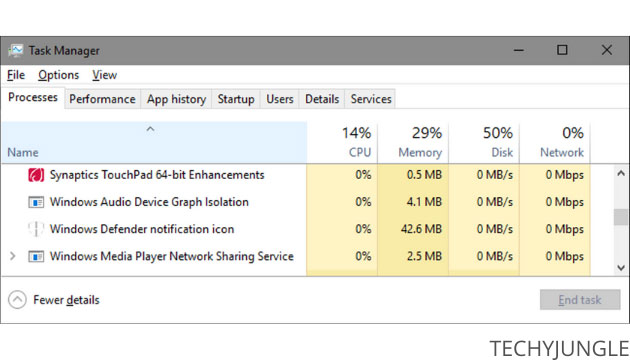
While working in Windows, there are times when a sound doesn’t explain anything. Hence, it is an official part of Windows. This process works for the primary audio engine of Windows 10. Its function is to handle digital signal processing, which includes refined audio enhancement impacts procured by Windows.
“Windows Audio Device Graph Isolation” is distinct from the standard Windows Audio service. Windows audio is so deeply embedded in Windows that it can take down the entire system instead of your voice if anything moves wrong. By doing this, developers of hardware audio products can incorporate their self audio enhancements without making any modifications to the audio enhancements.
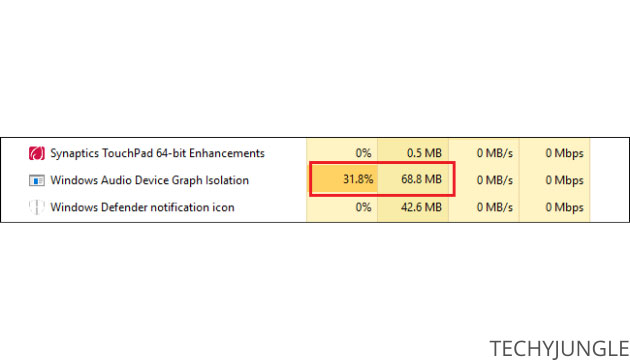
Such separation ensures that Windows always offers you a suggestion to turn off audio enhancements in the OS, No matter what hardware you are using. Whatever the reason, manufacturers of audio hardware don’t automatically give you this option.
Users have to pay special attention to Manufacturers of audio hardware that have made a total effort to replace “Windows Audio Device Graph Isolation” with their self digital signal processing service.
Even if “Windows Audio Device Graph Isolation” isn’t working on your system, you won’t require troubleshooting it much!
So this is it, the complete explanation about “Windows Audio Device Isolation” Now you have become aware of it and its working, further we will tell you how it can be disabled.
Also Read: Reboot and Select Proper Boot Device Fixed Windows
How to Disable Windows Audio Device Graph Isolation?
You cannot disable “Windows Audio Device Graph Isolation” without disabling the leading Windows Audio service. With it disabled, you will not get anything else without the computer’s sound, Nor can the work end it temporarily. If you ever try to do this, Windows bestowal pops up a piece of advice if you need to inaugurate the Audio Troubleshooter instead.
And the truth is the problem server does not harm any computer. If you’ve already tried disabling the enhancement, it is somewhat difficult not to find a solution to your problem. Go to the troubleshooter by pressing the Start button, typing “troubleshoot,” and pressing Enter.
If it has confirmed that Audio Device Graph Isolation is not malware in disguise, you should try to turnabout your sound settings – this opinion sways improve your high CPU mode issue.
For this, use the following steps:
- Right-click on the speaker symbol on your Taskbar.
- Choose Playback devices.
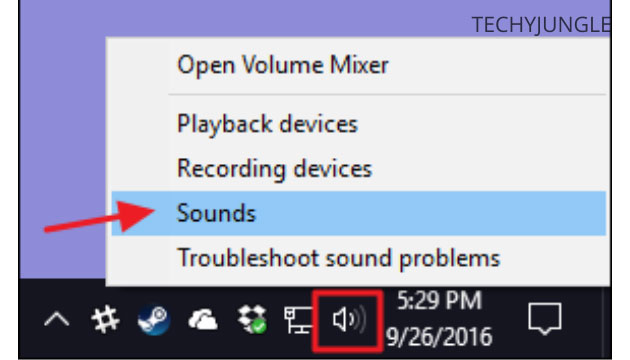
- Navigate to the Playback tab.
- Choose Speakers or Headphones.
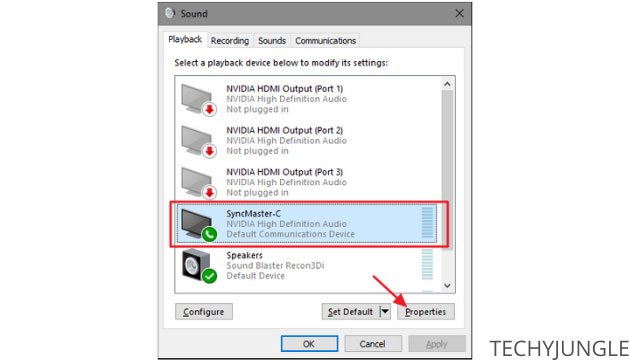
- Tap Properties.
- Continue to the Augmentations tab.
- Inhibit Disable all sound effects and tap on OK.
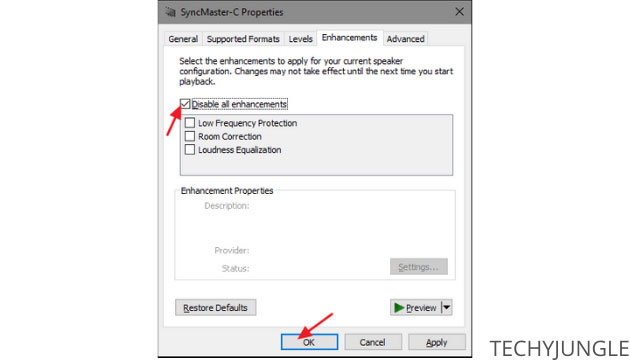
Those are the simple steps you can use for disabling audio probably; it might help you.
Also Read: How to Solve Windows Driver Foundation High CPU Problem
What Is Windows Audio Device Graph Isolation Windows 10?
Windows Audio Device Graph Isolation is the primary audio engine in Windows 10, handling the audio supplied to Windows and overseeing audio enhancements.
Windows Audio Device Graph Isolation” is very different from the standard Windows Audio service in that it can play the sound of third-party apps on your computer without touching the Windows Audio service. It is the ability to allow any app to play sound on your computer.
How to Check Windows Audio Device Graph Isolation Windows
Statements by malware disguised as system techniques are communal. For example, to determine whether the Windows Audio Device Graph Isolation process is a virtual system process, you can use the Windows Task Manager.
1) First, right-click on the taskbar and type Task Manager to start.
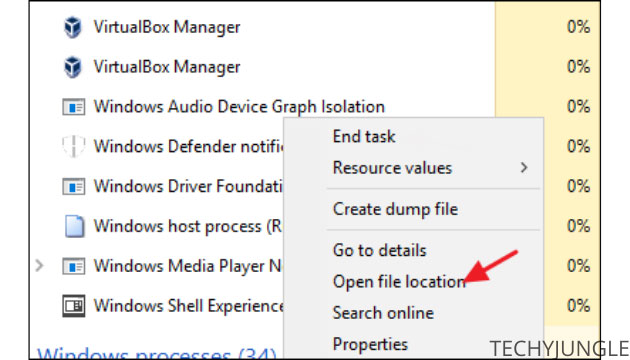
2) In the Task Manager window, right-tap Windows Audio Device Graph Isolation in the Processes tab, then select Open File Location.
3) When WindowsWindows Audio Graph Isolation has opened. If the audiodg.exe file is located there in the C:\Windows\System32 folder, relax because it is a correct Windows process.
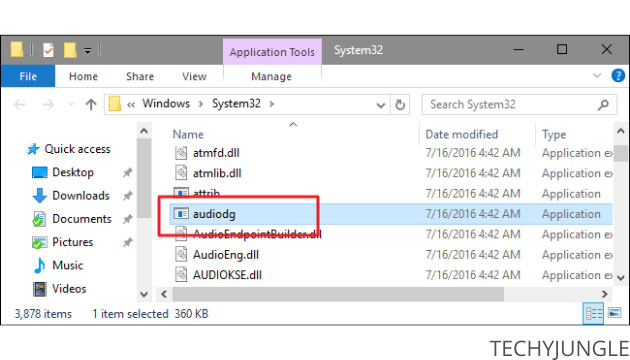
If your file has been installed elsewhere, it may suggest a probable malware affliction, which you will prefer to scan and remove using Windows Defender or a third-party resource.
Also Read: Windows 10 Taskbar Not Working (Various Methods)
Video Guide To Solve Windows Audio Graph Isolation
Also Read: Reboot and Select Proper Boot Device Fixed Windows
Conclusion
We have given information about Windows Audio Graph Isolation, Disabled Sound; check Window in the blog; we hope you have found this informative, do tell us about it. To get your self-update in the era, keep in touch with us. We will be back with our new blog post.









